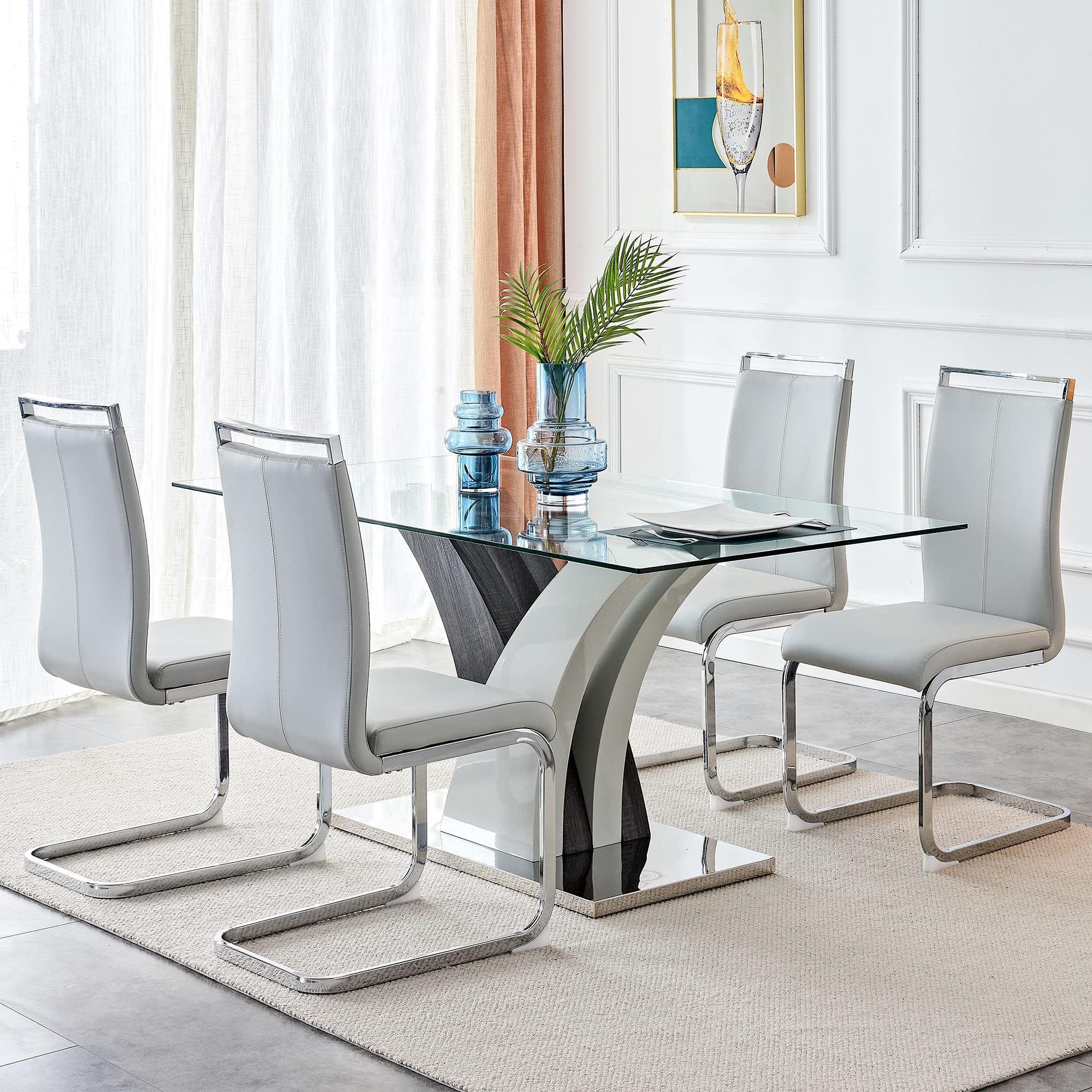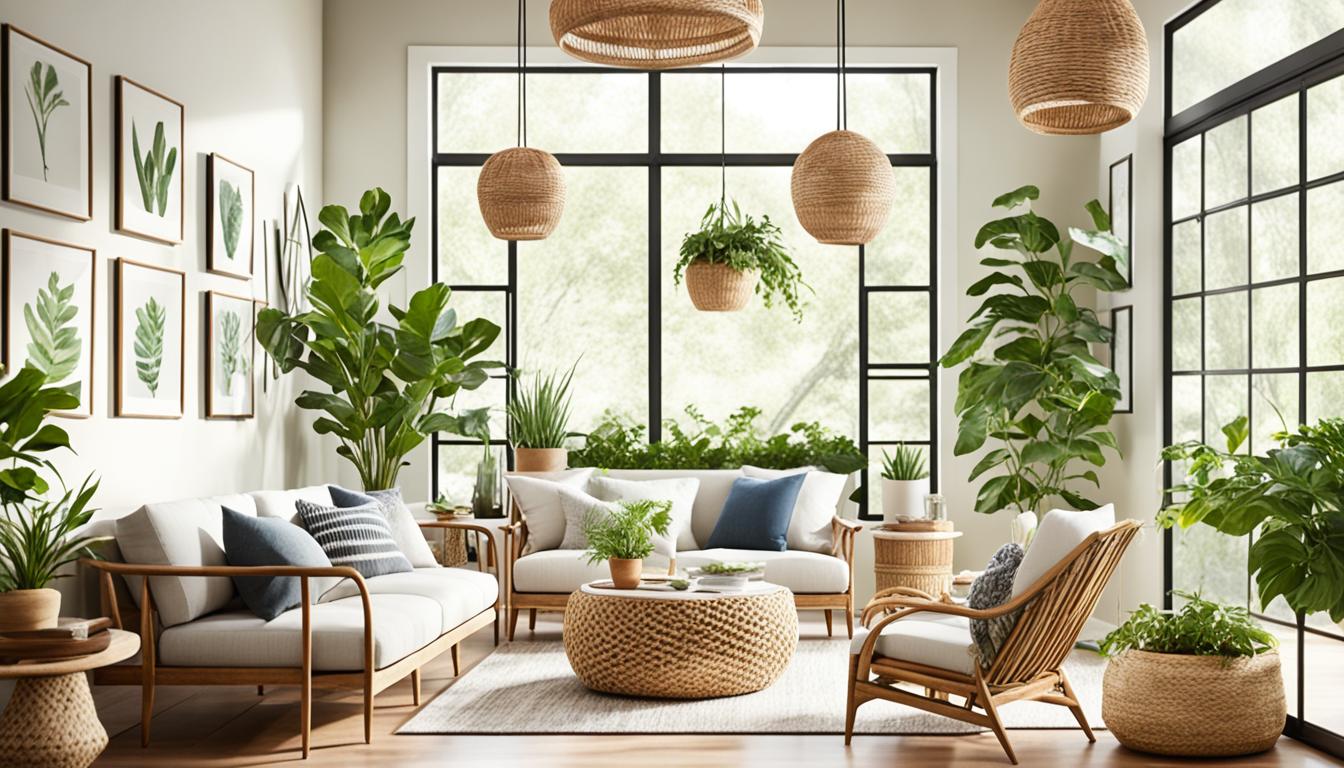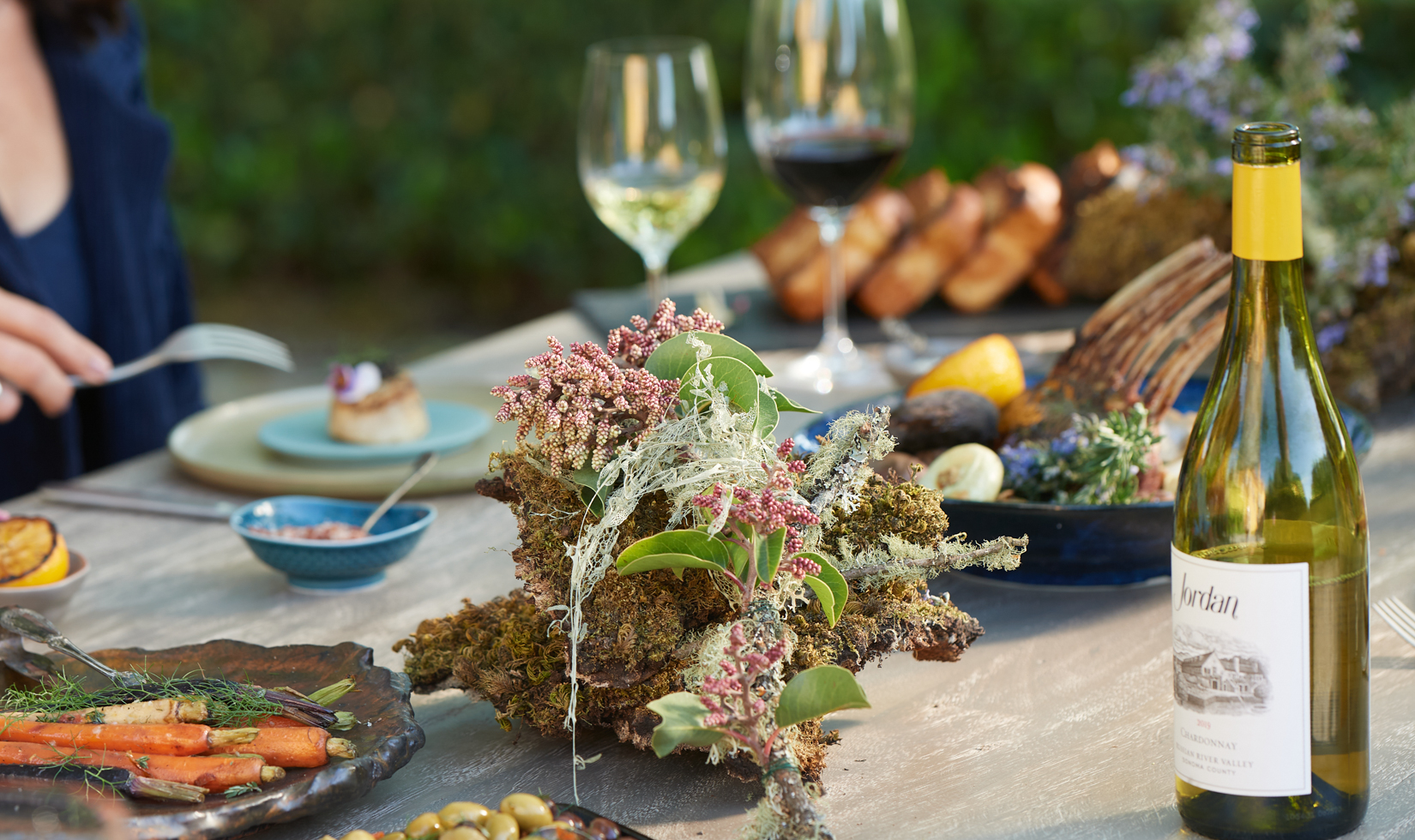When decorating or furnishing your home, it is important to consider the environmental impact of the materials you use. Many common home decor items contain toxic or non-renewable materials that are bad for both the planet and your health. However, switching to eco-friendly options does not mean sacrificing style. There are plenty of beautiful, sustainable materials that can enhance your home's aesthetics while reducing its carbon footprint. This guide provides an overview of some top eco-friendly choices for home decor materials and furnishings.
Bamboo
One of the most versatile sustainable materials is bamboo. Bamboo is a fast-growing grass that is naturally renewable and does not require pesticides or chemical fertilizers to cultivate. It can be used to create flooring, countertops, furniture, decor accents, and more.

Bamboo floors have the look and durability of traditional hardwoods but with a much smaller environmental impact as bamboo grows back quickly without replanting. For furnishings, look for items made from solid bamboo or bamboo veneers rather than composite materials. Bamboo is an excellent alternative to woods that come from unsustainably harvested forests. It has a natural look and feel while being an eco-friendly plant-based material.
Cork
Cork is another renewable plant-based material with many useful home decor applications. Cork flooring is a popular sustainable alternative to wood, vinyl, and other flooring types. It also consider one of the best flooring materials for winter because of providing warmth underfoot and naturally reducing noise. Cork countertops have a rustic, earthy aesthetic and are a moisture-resistant option for kitchens and bathrooms. Bulletin boards, coasters, trivets, and artistic wall accents can also be crafted from cork. As cork comes from the bark of cork oak trees that are sustainably harvested without killing the trees, it qualifications as both renewable and eco-friendly. The production and use of cork materials helps support rural communities that rely on cork harvesting as a source of income.
Recycled Glass
Glass is infinitely recyclable, making products made from recycled glass truly sustainable. For home decor, look for items incorporating recycled glass like mirrors with frames constructed of bottles or jars. Recycled glass can also be used in tile, countertops, decorative accents, and lighting fixtures to add unique visual interest through varied colors and textures.

Because glass does not degrade over time, glass decor incorporating post-consumer recycled content diverts waste from landfills while using a durable material. Glass holds up well to everyday use and requires no additional treatment or coatings that could contain toxic chemicals. Choosing recycled glass options supports the recycling industry and reduces the need for new glass production from raw materials.
Natural Textiles
For soft furnishings like curtains, rugs, and upholstery, consider eco-textiles made from natural fibers that are either renewable or organic. Bamboo rayon is a sustainable fabric alternative to conventional rayon made from wood pulp. Linen is produced from the flax plant and has a lovely drape and breathability. Wool is a durable, insulating material if sourced from pasture-raised sheep. Organic cotton grown without pesticides is preferable to conventional cotton which is highly chemical-intensive. Hemp is also a renewable material that makes very durable, hypoallergenic textiles. When shopping for natural textiles, look for certifications like Global Organic Textile Standard labeling to ensure optimal manufacturing standards. Sustainable fabrics bring warmth and comfort to living spaces while being kind to the environment.
Reclaimed Wood
There is a growing market for recycled and salvaged/reclaimed wood for home decor accents and furnishings. Barn wood, flooring, and wooden paneling salvaged from demolished structures add architectural interest through their signs of aging and history. Unlike new wood that comes from clear-cutting forests, reclaimed wood diverts materials from the waste stream for a second life. Prices for reclaimed wood tend to be comparable to traditional lumber so it offers an eco-alternative without premium pricing. Look for structural wooden elements that have been graded for safety indoors like beams, boards, and boards to repurpose creatively. By using reclaimed wood, you can embrace worn, rustic aesthetics while conserving natural resources.
Plants
Live plants are not just a beautiful, eco-friendly touch—they also improve indoor air quality by absorbing toxins through photosynthesis. Popular low-maintenance indoor plants include succulents, snake plants, peace lilies, pothos and bamboo palms.

Terrariums and hanging planters add greenery above furniture. If caring for lush foliage seems daunting, try faux plants crafted from recyclable materials like recyclable plastic or natural fibers. Live cut flowers can also refresh a space, though it's best to choose locally-grown blooms when possible to reduce the carbon footprint of transportation. Overall, incorporating the natural elements of plants ties living spaces closer to the environment outside while providing visual interest through their inherent aesthetics and seasons of growth.
Recycled Plastic and Glass
Conventional plastic is often non-renewable petroleum based, but there are now many beautiful home decor items made from post-consumer recycled plastic. Outdoor furniture, planters, storage bins, and other sturdy items can feature high percentages of recycled plastic content in colorful, textured polymers. Similarly, look for recycled glass items beyond just windows and accents. Decorative containers, candle holders, lamps, and even some furniture incorporate post-industrial or post-consumer glass cullet. While not a renewable material, these pieces uphold recycling principles by reusing materials that would otherwise clutter landfills. Recycled plastic planters and glass orbs filled with plants or succulents are inexpensive ways to accessorize spaces.
Non-Toxic Paints and Finishes
When renovating or sprucing up surfaces in the home, choose eco-friendly paints, stains and sealants free of volatile organic compounds (VOCs) that release fumes. Low-VOC and zero-VOC finishes are widely available now at most big box and specialty stores. Look for products made with natural pigments and plant-based ingredients that will keep indoor air clean. Hemp, lime, and clay-based plasters and washes add appealing textural elements with a comfortably earthy heritage appeal. Non-toxic sealants on wood surfaces or natural shellac allow renewed vibrancy without contaminating living spaces. Sustainable finishes bring out the inherent qualities of materials in a healthy way.
Read more: How to Pick Paint Colors Your Whole Home Will Love
Upcycled Furniture
Upcycling old furnishings is an excellent eco-friendly option. Salvage outdated but still sturdy items and give them a new lease on life with paint, stain, hardware swaps and re-purposing. Refinish old tables for a new function, recover armchairs with eco-textiles or reupholster a sofa. Strip vintage cabinets down to the raw wood or build new shelves inside an old frame. DIY upcycled projects allow pre-loved items to shine again with personality, conferring value upon objects that might otherwise be discarded. With vision and creativity, nearly any discarded item can be transformed through upcycling into a unique home decor accent with personality.
Energy Efficient Lighting
Implementing energy efficient lighting solutions reduces the carbon footprint of operating a home. LED bulbs are now very affordably priced, use 85% less energy and last 25 times longer than incandescents. Choose soft white or daylight balanced LEDs for a quality illuminated space.

Rechargeable batteries or solar panels power some contemporary outdoor and indoor accent lighting for a truly sustainable solution. Consider installing dimmable LED puck lights or under-cabinet strips instead of overhead canister fixtures in the kitchen to focus illumination exactly where needed. Any lighting swapouts utilizing more efficient technology will eventually recoup their upfront costs in energy savings each month. Eco-lighting enhances modern decor with a conscientious lifestyle alignment.
Zero Waste Home Décor
Creatively decorating anew without introducing additional materials or waste is surely the greenest option. For instance, repurpose pretty packaging like candle jars as organizers, trays or planters. Natural foliage branches found on walks become artwork when placed in recycled bottles. Arrange found objects, shells or river stones purposefully for ambient appeal. Rearrange what is already in the home to highlight different features through changed focal points and flow. Simply by viewing familiar possessions afresh and mixing up placements, interiors take on renewed intrigue. At its core, zero waste décor taps imagination above unnecessary purchasing—resulting in stylish ambience that feels fresh yet sustainable.
Green home decor brings beauty through conscience and conservation. It supports responsible global citizenship by reducing one’s carbon footprint through carefully considered choices that honor limited resources and prioritize environmental wellbeing. With a bit of research and desire for sustainability, any space can showcase style in sync with natural materials and eco-principles. Ultimately the most eco-friendly home décor embraces living lightly upon the earth through mindful consumption and appreciation of what already exists rather than endless acquisition tied to wastefulness. Balance form and function for harmonious interiors in step with nature outside.





